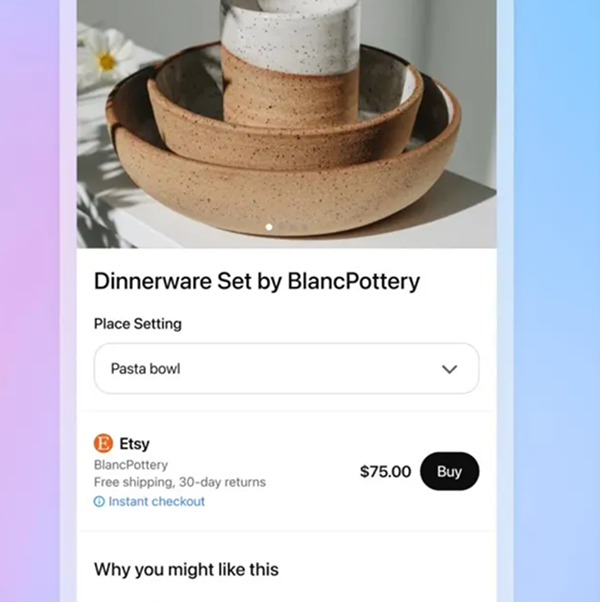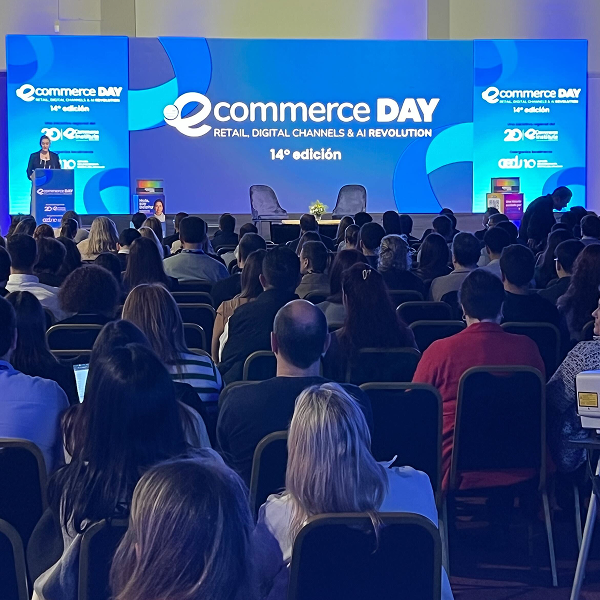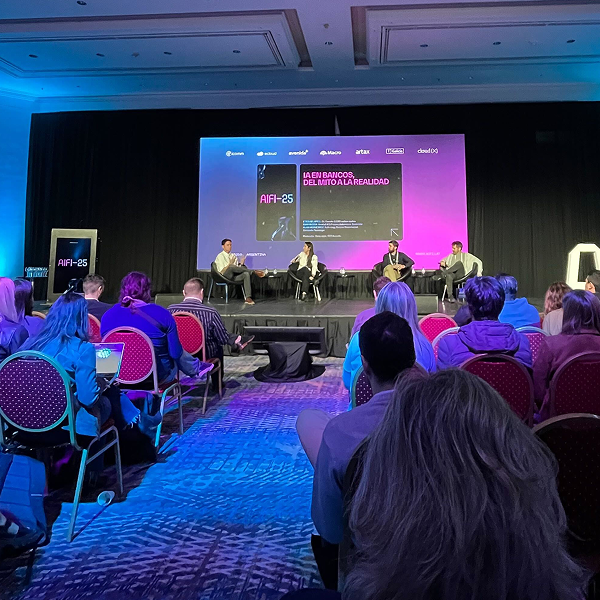Choosing the right approach to building a digital product is one of the most important decisions a team can make. In recent years, Vibe Coding has emerged as a compelling alternative to traditional custom development. But is it a shortcut or a strategic choice?
In this post, we break down the advantages and disadvantages of using Vibe Coding, and how it compares to building an app from scratch using frameworks like React, Laravel, Node.js, or Django. By the end, you’ll know exactly when Vibe Coding makes sense—and when you should stick with custom code.
Vibe Coding: Key Advantages Over Custom Code
1. Time to Market
With Vibe Coding, you can build and launch in a matter of days. Custom code often takes weeks or months to achieve the same result, especially when building boilerplate elements like auth, forms, and dashboards.
Example: A basic admin panel with login, table views, and API connections can take ~4 days with Vibe Coding. The same with React + Express would likely take 2–3 weeks.
2. Less Setup, More Output
No need to configure Webpack, databases, backend services, or deployment pipelines. Vibe Coding abstracts this so you can focus on the product logic.
3. Visual Development
Designers and product managers can contribute directly. In a custom stack, only developers can truly modify the system.
4. Built-In Integrations
Vibe Coding has preconfigured connectors for Firebase, REST APIs, GraphQL, Supabase, and more. In custom development, each connection must be coded, validated, and tested manually.
5. Lower Initial Cost
If you’re building an MVP, Vibe Coding drastically reduces development hours and cost. You also avoid infrastructure and hosting concerns (initially).
Where Custom Code Wins
1. Scalability
Custom apps are built with long-term performance in mind. You can optimize every layer—backend, queries, memory management. Vibe Coding isn’t designed for high-concurrency apps or complex data flows.
2. Advanced Logic
Need multi-step transactions, queuing, background jobs, or custom caching strategies? Custom code gives you full control. Vibe Coding may feel restrictive once complexity increases.
3. Security & Compliance
For apps requiring HIPAA, SOC2, or enterprise-grade security, custom development allows you to enforce rules at every layer. With Vibe Coding, you’re limited to the security measures of the platform.
4. Ownership & Portability
You own 100% of custom code. With Vibe Coding, you’re dependent on their ecosystem—making migration more complex if the platform changes pricing or policies.
5. Custom UI/UX Freedom
Pixel-perfect animation? Advanced user interaction? Custom state logic? In Vibe Coding, you’re limited by the platform’s UI components. Custom code offers total design flexibility.
Trade-Off Summary: Vibe Coding vs Custom Development
| Feature | Vibe Coding ✅ | Custom Code 💻 |
|---|---|---|
| Speed to Launch | Instant MVPs | Slow initial build |
| Developer Resources | Fewer needed | Requires strong dev team |
| Visual Building | Yes, collaborative | No, code-based only |
| Flexibility & Logic | Limited in complexity | Unlimited |
| Performance | Good for small/medium apps | Excellent, fully optimized |
| Maintenance Control | Low (platform-managed) | High (self-managed) |
| Security Customization | Platform-limited | Fully customizable |
What I’ve Learned
I’ve built projects both ways: full-stack from scratch, and visually through Vibe Coding. Here’s my honest take:
-
When speed and feedback matter, Vibe Coding is unbeatable. I’ve launched prototypes, dashboards, and internal tools in record time without dealing with Git, servers, or CLI tools.
-
When I needed full control, such as a custom AI pipeline or scalable REST API with business rules, I quickly hit limits in Vibe Coding and had to move to code.
The lesson? Use the right tool for the job—not the flashiest one.
Vibe Coding is not here to replace developers—it’s here to amplify productivity. For the right type of project, it removes friction and saves time. But like all abstraction layers, it introduces trade-offs.
If you’re launching something fast, Vibe Coding is a win.
If you’re building something that will live for years—code it custom.
In the next post, I’ll show you how to decide project by project whether Vibe Coding is the right fit.







